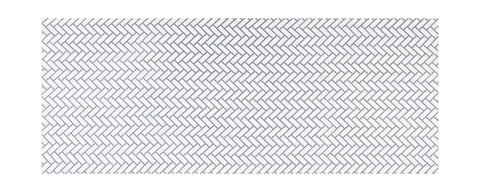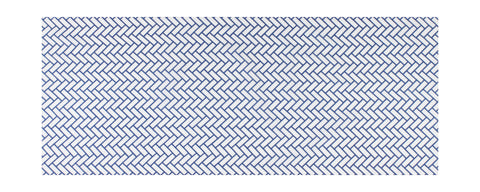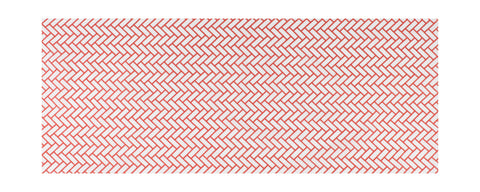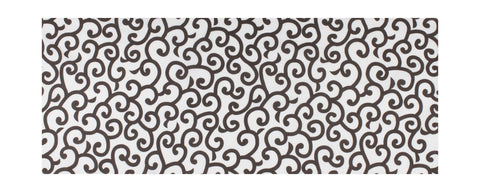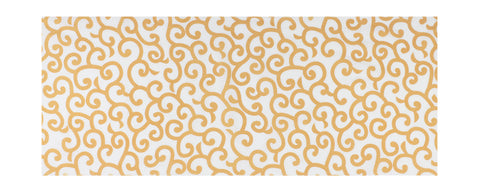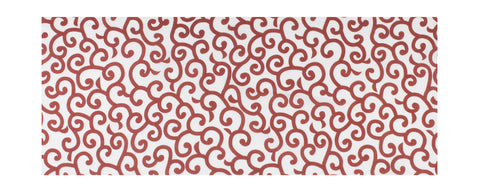"Yoshiwara Tsunagi" Ultramarine【Hand-dyed Tenugui】
¥1,800
Availability: In stock
Brand: kannojapan.com
This japanese towel is dyed using traditional hand dyeing techniques unique to Japan called "Chusen".The back side is the same design.The back side is not white.You can use it without worrying about the front and back.
»About "Chusen"
≪ Design ≫
"Yoshiwara Tsunagi"
The Yoshiwara Tsunagi is a three-dimensional pattern, which resembles squares strung together in a chain.
Yoshiwara is the name of a historic red-light district and it is said that this pattern was used as the shop curtain of a tea shop, where the owner introduced clients to the women.
The pattern symbolizes the hard time getting out of the red-light district, just like trying to get out of being chained.
On the other hand, this pattern also represents the connections in human relationship and is considered, to this day, a symbol of good luck
≪ Color ≫
Ultramarine (Gunjo-iro)
Gunjo originally refers to the mineral azurite and is the name for the blue color that is associated with it.
Blue pigments that are made out of lapis lazuli are referred to as having a gunjo color. The main mineral in lapis lazuli is azurite. Renaissance paintings have employed lapis lazuli pigments. The stone also has a history of being used in ancient Asia in its ground-up form. In ancient times, they were brought to Europe from Afghanistan passing through Western Asia and were extremely sought after. There was even a time when it was being sold at the same, if not a higher price than pure gold. The color ultramarine derives its name from having crossed the ocean. The ocean, in this case, was the Mediterranean. The Japanese word gunjo, literally means a collection of blue.
Gunjo January 21st, 2016 06:54 (UTC) 'Wikipedia - Japanese Version' https://ja.wikipedia.org/w/index.php?title=%E7%BE%A4%E9%9D%92%E8%89%B2&oldid=57791006
| Country of Manufacture | Japan |
|---|---|
| material | 100% cotton 30 count yarn used |
| weight | Approx. 35g |
| washing | When washing use a mild detergent. |







